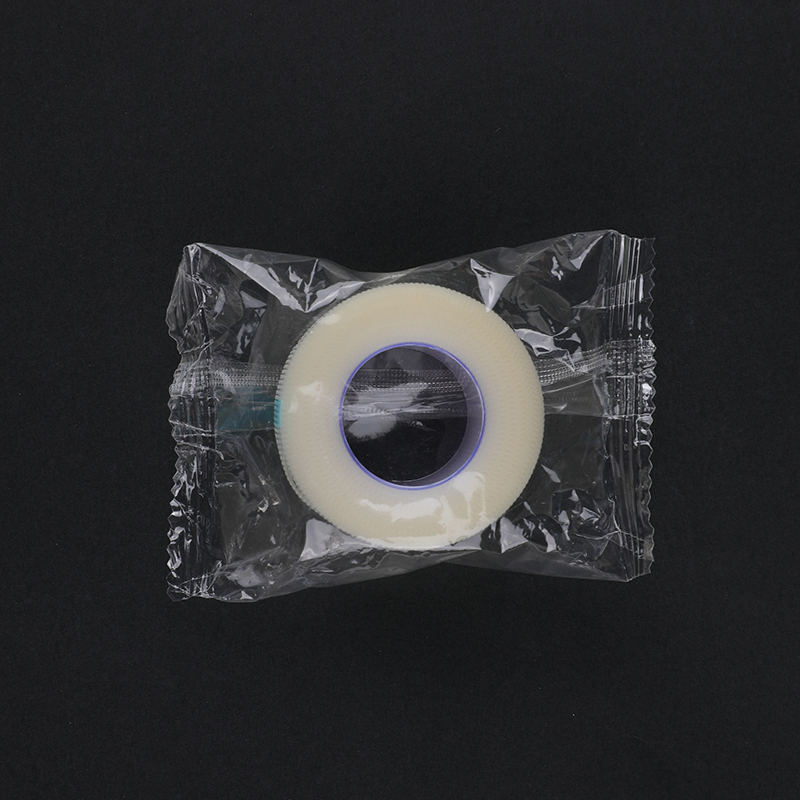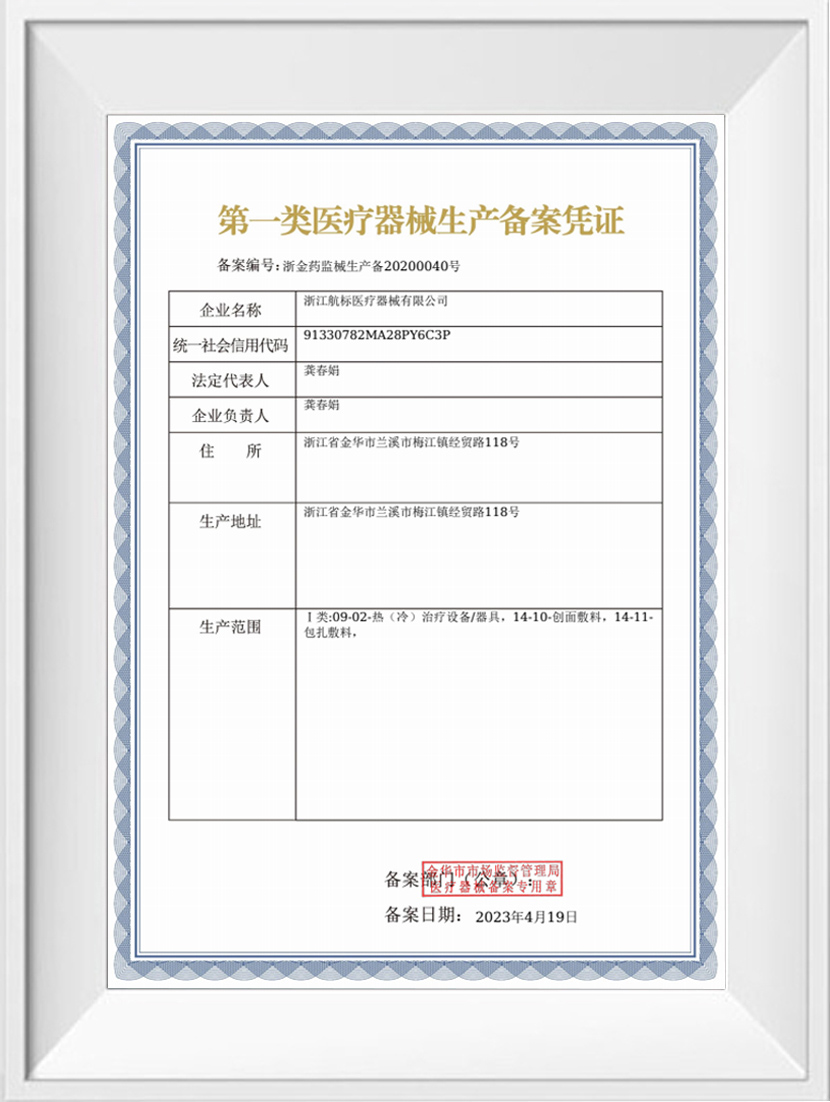The Importance of Fiber Density in Tape Design
In the field of specialty adhesive products, the structural properties of the base material play a crucial role in determining overall performance. For a Silk Tape Factory, one of the significant aspects of production lies in controlling the fiber weaving density of the tape backing. Unlike synthetic films or plastic-based tapes, silk tape relies on a woven structure that directly impacts strength, flexibility, and user comfort. By adjusting the density of this weave, manufacturers can influence whether the tape is optimized for durability, breathability, or ease of application. This makes weaving density not just a technical parameter, but a defining factor in the functionality of the finished product.

Strength and Durability Through High Density
A higher weaving density typically results in greater tensile strength and enhanced durability. With more fibers packed into the same area, the tape becomes more resistant to tearing or fraying under pressure. This is particularly important in medical, athletic, or industrial applications where tapes are subjected to continuous stress. A densely woven silk tape can withstand repetitive movements, stretching, or exposure to external forces without compromising its structural integrity. As a result, high-density options are often preferred when reliability and long-lasting adhesion are critical, ensuring that the tape performs consistently even in demanding environments.
Flexibility and Comfort at Lower Density
While higher density increases strength, a lower fiber density can enhance flexibility and softness. Reduced density creates a lighter structure that conforms more easily to curved or irregular surfaces, such as human skin or joint areas. This characteristic is especially valuable in medical use, where patient comfort is paramount, and in sports applications where freedom of movement must be preserved. Lower density also improves breathability, allowing air circulation to reduce skin irritation during extended wear. In this sense, weaving density directly influences not only the physical performance of the tape but also the overall user experience.
Balancing Adhesion and Structural Integrity
The adhesive layer of silk tape works in conjunction with the woven backing. A tightly woven base provides a stable surface for adhesive application, ensuring uniform bonding strength. This stability prevents the adhesive from seeping through gaps or weakening under tension. Conversely, a loosely woven backing may allow for slightly more adhesive penetration, which can enhance initial grip but potentially reduce long-term stability. Manufacturers carefully adjust weaving density to strike a balance between immediate adhesion and lasting structural integrity, creating a tape that remains effective throughout its intended duration of use.
Performance Under Environmental Conditions
Environmental exposure further highlights the influence of weaving density. High-density silk tape tends to resist moisture penetration more effectively, making it suitable for humid or wet conditions. It also shows reduced susceptibility to stretching caused by temperature changes. On the other hand, lower density improves drying capacity and reduces the discomfort of trapped sweat when used on the skin during physical activity. Each weaving approach provides advantages in specific scenarios, and the ability to tailor density gives manufacturers flexibility to meet diverse customer requirements across climates and usage environments.
Customization for Specialized Applications
The versatility of weaving density allows silk tape to be customized for different industries. In healthcare, dense weaves are favored for securing medical devices or dressings that must remain in place despite patient movement. In athletic contexts, lower-density weaves provide breathable support for joints, preventing abrasions without restricting mobility. Industrial users may demand high-density structures for mechanical resilience, while designers or artists may prefer lightweight, flexible versions that prioritize ease of handling. This adaptability illustrates how weaving density becomes a tool for tailoring product performance to suit highly specific applications.



